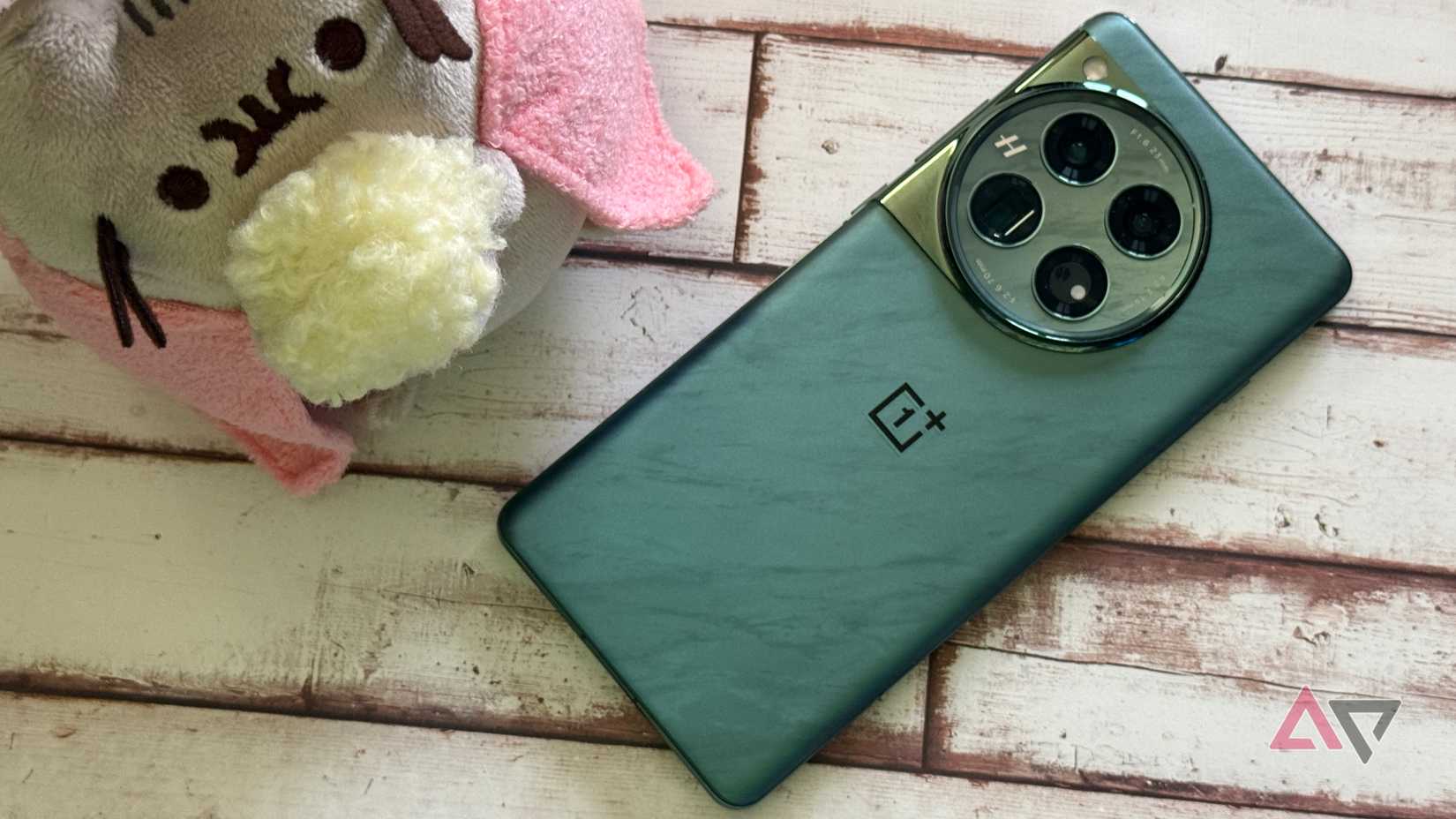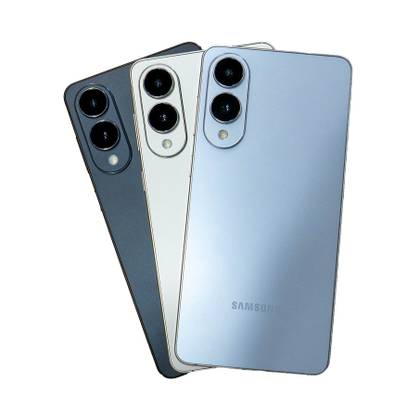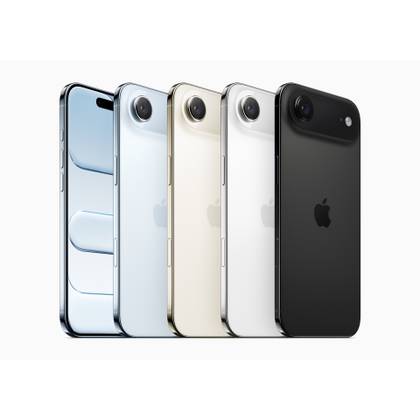I’m not a smartphone power user. There, I said it. Will I be thrown out of the Android Police force for my confession because I’m not exploiting every last drop of performance and ability from my phone on a daily basis?
No. Power users aren’t as common as the internet makes them seem, or as manufacturers appear to believe.
It’s because brands are listening to the highly motivated, power-hungry enthusiast more than they perhaps should. It’s having a negative impact on phone innovation.
Why aren’t I a power user?
To know I’m not a power user means I have to know what a power user is, but the term has no strict definition.
To understand if you’re one, take a look at how others are using the label.
Android Police’s Parth Shah calls himself a power user because of the way he uses Android’s Private Space feature. Over at How-to-Geek, there’s a list of ten fairly niche apps power users may enjoy trying.
Elsewhere, an interesting comment on a MacRumors forum post about power users says one is defined by someone else’s understanding of the term, but a lot of the responses center around hours-per-day use, with seven or eight hours being the realm of the power user.
In a ten-year-old Anandtech forum post, a lot of what’s listed as power user behavior still applies today — from rooting software and using Pro mode in the camera to a deep understanding of all the software available features, and someone who always needs to carry a power bank.
I asked myself if any of the above really applied to me, and they simply don’t.
It’s not that I don’t need a power bank sometimes, or that I’ve never installed an alternative launcher, ignored the inner workings of Android, or been stumped by the Settings menu when I want something fixed.
They’re just the exceptions to the rule. To be a power user, I think you have to do all these things, and more, all the time.
We’re being sold power user specs
The thing that convinces me I’m not a power user is the obsession with long battery life in every phone released.
If the battery in a phone dips below 5,000mAh capacity, doesn’t have the power to play Genshin Impact for 10 hours straight, and isn’t charged up in 30 seconds, it may as well not be released at all.
My phone use isn’t excessive, but it’s in line with what’s considered the global average of three to four hours per day.
I’ve used hundreds of different smartphones over the years, and it has been a very long time since a phone’s battery has failed to last at least a day. More recently, two days is entirely realistic.
Because I have to sleep at night, I put my phone on charge then, and make use of the many battery-saving features in modern Android devices to ensure such habits don’t ruin the cell.
In hindsight, this may make me a secret power user.
Regardless, I never worry about the battery in my phone, yet devices with 7,000mAh cells are now becoming the standard, and people are rejoicing.
It’s the same with processors. It’s very difficult to come close to pushing the limits of mid-to-high range Qualcomm and MediaTek processors today.
The Snapdragon 8 Gen 3 should be seen as a peak. It came out at the end of 2023, and combined with improvements in Android 14, power and efficiency were expertly balanced in a range of superb phones at the time.
A massive run of new smartphones with the latest, extremely powerful Qualcomm Snapdragon 8 Elite Gen 5 are on their way, with the OnePlus 15 leading the charge, a phone which has a 7,300mAh battery inside. Overkill doesn’t even begin to describe what those two specs mean to me.
Mid-range phones aren’t any different, as they’re sold on the preface that they offer flagship specs at a lower price. What’s a flagship? It’s a phone made for the power user.
So, do I want to stop all advancements?
I know what you’re about to say. “So companies should just stop developing new stuff, right, Mr. tech journalist? Is that what you want?”
No, obviously not. Just because I personally don’t really need all that power and battery life each and every day doesn’t mean others won’t, or that I would want anything less than the latest technology in any phone I buy.
My problem is, as an average user, and not a power user, I don’t want the development of phones where design has been prioritized to suffer, all because manufacturers hear a constant chant from vocal users online saying “more power, more battery life!”
The iPhone Air showed me the way
Last week, I spent a few days in Prague, where I used the Apple iPhone Air as my main device in preparation for my review.
The phone spent most of its time connected to a cell network, and I used it for a host of additional duties I don’t usually have a constant need for, such as Uber, Google Maps, and a lot of work apps.
Even on one of my heaviest usage days in a while, when the Air clocked just under six hours of screen time, the battery had 7% remaining when I went to bed.
On the days when screen time was around four hours, it still ended the day with about 35% remaining.
All this from a phone where design, ergonomics, and convenience have been prioritized, supposedly over performance and battery life.
Yet, in my real-world experience, it’s not lacking in any of these aspects. I enjoyed the iPhone Air so much, I want Google to make a thin Pixel phone.
Power users can’t take it
Except the “power users” wouldn’t want such a thing, and the iPhone Air and Galaxy S25 Edge’s “failure” proves it.
Look no further than Reddit to see what the seething masses think of such a concept, with one user responding to a thread about our article on Google’s Tensor chip (itself a comment on power creep influenced by vocal power users), wrote:
Everyone complains about Pixel battery life, and nobody cares about the iPhone Air, but Android Police does an article that Google should make a Pixel Air. Bro, do you want the battery to last five minutes only?
What an absolute power user.
Another in the same thread stated, “If the OnePlus 15 rocks a 7,000mAh battery, I’m swapping.”
These vocal few are, without a doubt, influencing phone development for everyone, and I’ve lost count of how many times I’ve heard “we know battery life is a priority for our users” from manufacturers over the years.
If my time with the iPhone Air tells me anything, it’s that modest batteries paired with strong processors and efficient software are more than enough for me, an average phone user.
So, I want a choice of phones designed for people just like me.
Better design, sufficient power
It’s not that I think thin phones are the answer, or that they’re the end goal. They’re part of the equation, and the very existence of the Air and Edge gives me hope we won’t be stuck in this design and technology echo chamber forever.
I want more phones that emphasize design and lifestyle. By all means, get rid of buttons, SIM trays, and gigantic camera modules, if you have to, and play around with shapes and sizes, curves and angles, weights and materials. Make sleek mini phones again too.
Just experiment. The latest processor and battery tech clearly gives you room to do so without much compromise.
Samsung Galaxy S25 Edge
$1100
Save $300
- SoC
-
Snapdragon 8 Elite
- Display type
-
AMOLED
- Display dimensions
-
6.7″
- Display resolution
-
QHD+
- RAM
-
12GB
- Storage
-
256GB, 512GB
We’ve been chasing performance and battery life for long enough, and we’ve reached the point where both are either suitably catered for in many devices or way beyond what many people really need.
Now is the time to add something new, different, and daring to these phones, where supposed power user demands are minimized.
Give me the Jaguar E-Type, the Jaeger-LeCoutre Reverso Classic, and the Riva Aquariva of smartphones, not yet another boring SUV.
Apple iPhone Air
- SoC
-
A19 Pro chip
- Display type
-
Super Retina XDR display
- Display dimensions
-
6.5-inches
- Storage
-
256GB, 512GB, 1TB
- Battery
-
Up to 27 hours of video playback
- Ports
-
USB-C









